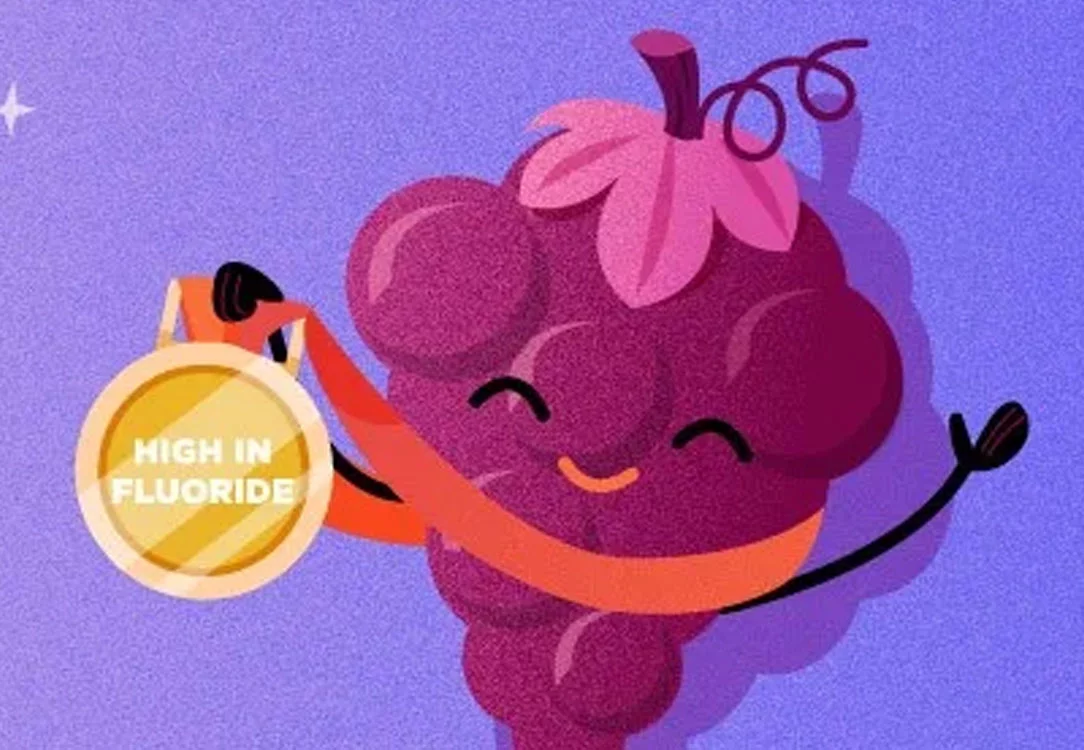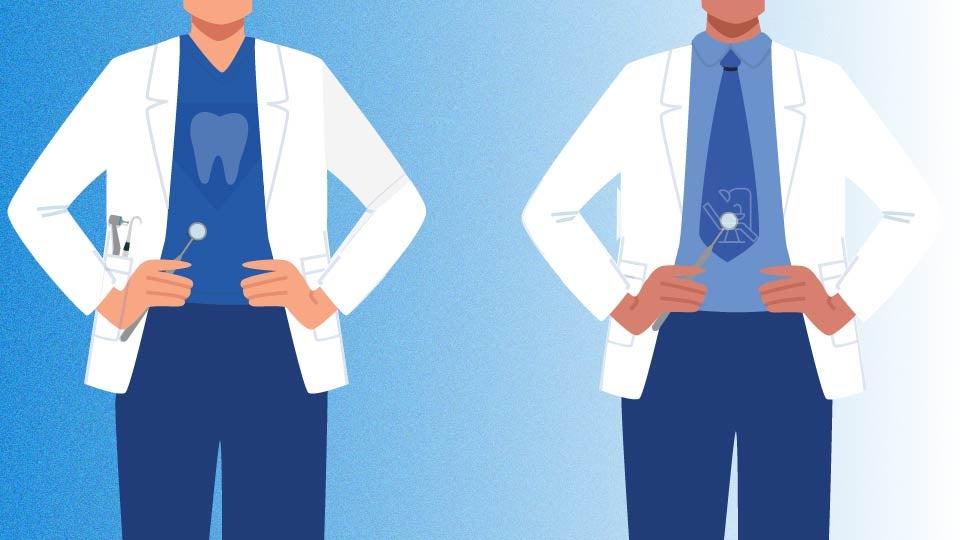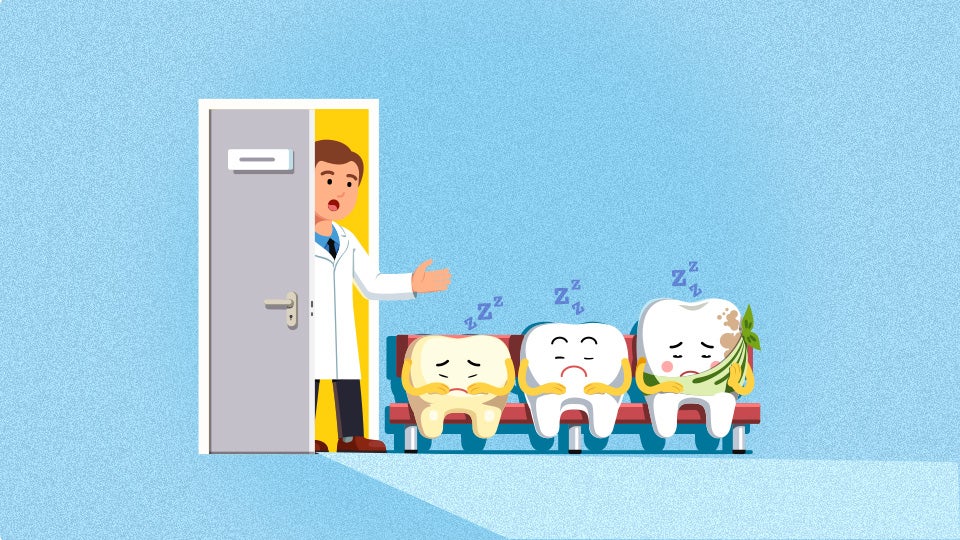There are a handful of ways to keep your teeth healthy and strong. Brushing and flossing daily along with eating healthy foods both help you do so. Fluoride for your teeth plays an important role too.
What is Fluoride?
What Does Fluoride Do for Your Teeth
Fluoride for teeth health is probably its most widely recognized use. It improves a patient’s oral care whether it is consumed naturally in foods, added to municipal drinking water supplies, or found in over-the-counter dental products.
Cavity Prevention
Fluoride plays a significant role in cavity prevention. It rebuilds weakened tooth enamel through a process known as remineralization. It also decreases the mineral loss rate from enamel.
Teeth Whitening
Fluoride indirectly helps whiten teeth through the remineralization process. Since fluoride strengthens tooth enamel, teeth stay stronger and whiter. The enamel prevents dentin exposure. Dentin is a darker shade and more susceptible to staining.
Best Products that Contain Fluoride
People who aren’t getting enough fluoride from food or their water supply can supplement with any number of available products. The Centers for Disease Control and Prevention provide a helpful list.
Best Toothpaste with Fluoride
You already brush your teeth to prevent plaque buildup and tooth decay. Be sure to use fluoride toothpaste to get added protection. There are different toothpaste types for varying tastes and needs that all have fluoride:
- Toothpaste with Teeth-Whitening Hydrogen Peroxide
- Toothpaste for Strengthening Enamel and Sensitive Teeth
- Stannous Fluoride Toothpaste for Gum Health
- Natural Formula Toothpaste that is Vegan and Gluten-Free
- Non-Mint Flavored Toothpaste
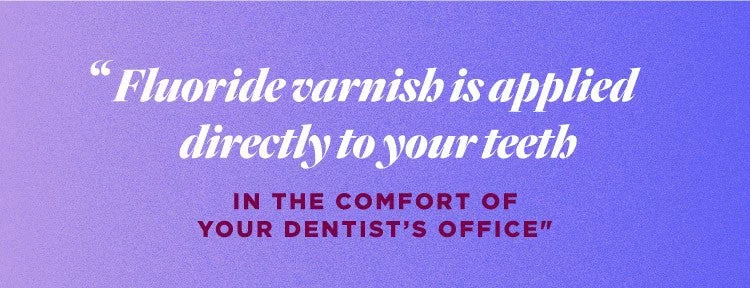
Fluoride Mouth Rinse
Fluoride Supplements
Fluoride Gel and Foam
Gels and foams are highly acidic. They can be used as an in-office fluoride treatment or an at-home treatment. A dentist applies the solution for 1-4 minutes while at-home kits come with instructions and are available by prescription only.
Fluoride Varnish
Best Foods that Contain Fluoride
Some foods are a great natural fluoride source. When those foods are part of a nutritious diet, you receive the health benefits from consuming them along with the fluoride dose. Here is a list of what foods have fluoride so you can add them to your diet:
- Grapes and raisins – Grapes are plentiful with natural fluoride, meaning raising also offer a high fluoride concentration
- Fruit – Besides being healthy, grapes, strawberries, apples, bananas, cherries, watermelon, and peaches are all loaded with fluoride
- Vegetables – Spinach and potatoes are just two veggies high in fluoride
- Seafood – Seafood isn’t just a great source of protein as shrimp and crab legs are two examples of high-fluoride foods
- Coffee and tea – These two drinks provide more than just your morning caffeine kick
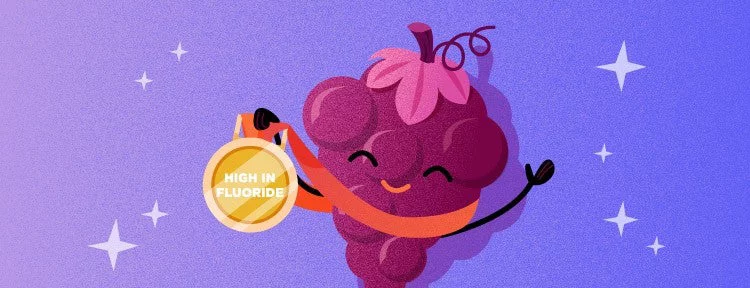
Tap Water and Fluoride
Drinking public tap water to which fluoride has been added is safe and effective to prevent tooth decay. Naturally occurring fluoride in tap water is merely adjusted to an optimal level to prevent tooth decay.
Tooth decay is one of the most common childhood diseases. Adding fluoride to tap water is a simple way to decrease tooth decay among children.
Is it Safe to Drink Your Tap Water?
Environmental Working Group is a 501(c)(3) nonprofit corporation that developed a tap water database where you can view your local drinking water analysis results by searching your state.
Check to See if Your City Has Fluoride
The CDC’s website offers a My Water's Fluoride (MWF) resource that allows consumers to learn about their drinking water’s fluoride level, the number of people the water system serves, the water supply source, and if the water municipality fluoridates its supply.
Risks Associated with Fluoride Use
Like many products, fluoride is safe when used as directed. So is fluoride bad for you? It can be toxic, but the toxicity level depends on the person’s weight. For that reason, parents should keep fluoride-containing products out of the reach of children, especially those ages 6 and under.
Dental Fluorosis
Other fluoride side effects include dental fluorosis. This condition occurs when teeth are still forming beneath the gums. White spots form on a tooth’s surface. Dental fluorosis causes no additional symptoms or harm other than white spots.
- Watch children brush their teeth to prevent swallowing toothpaste
- Squeeze a pea-sized amount of fluoridated toothpaste on their child’s toothbrush
- Avoid flavored toothpaste as they encourage children to swallow toothpaste
- Use fluoride-free toothpaste until your children are older
Skeletal Fluorosis
Find a Dentist Near Me
Consult your dentist to discuss any questions about the best ways to add fluoride to your daily life or simply the benefits of fluoride. Or, check out The Smile Generation to find a dentist near you for all your oral health needs. You can read patient reviews, peruse staff bios, and schedule an appointment online with a click of your mouse.
Find your trusted, local dentist today!
Sources
- Cafasso, J. (2019, July 3). What is fluoride, and is it safe? Healthline. https://www.healthline.com/health/what-is-fluoride
- Brennan, R. (2021, July 29). Dental health and fluoride treatment. WebMD. https://www.webmd.com/oral-health/fluoride-treatment
- Centers for Disease Control and Prevention. (2019, March 8). Other fluoride products. https://www.cdc.gov/oral-health/prevention/about-fluoride.html
- Centers for Disease Control and Prevention. (n.d.). My water's fluoride. https://nccd.cdc.gov/doh_mwf/default/default.aspx
- Environmental Working Group. (2021). EWG's tap water database - 2021 update. https://www.ewg.org/tapwater/
Smile Generation blog articles are reviewed by a licensed dental professional before publishing. However, we present this information for educational purposes only with the intent to promote readers’ understanding of oral health and oral healthcare treatment options and technology. We do not intend for our blog content to substitute for professional dental care and clinical advice, diagnosis, or treatment planning provided by a licensed dental professional. Smile Generation always recommends seeking the advice of a dentist, physician, or other licensed healthcare professional for a dental or medical condition or treatment.


